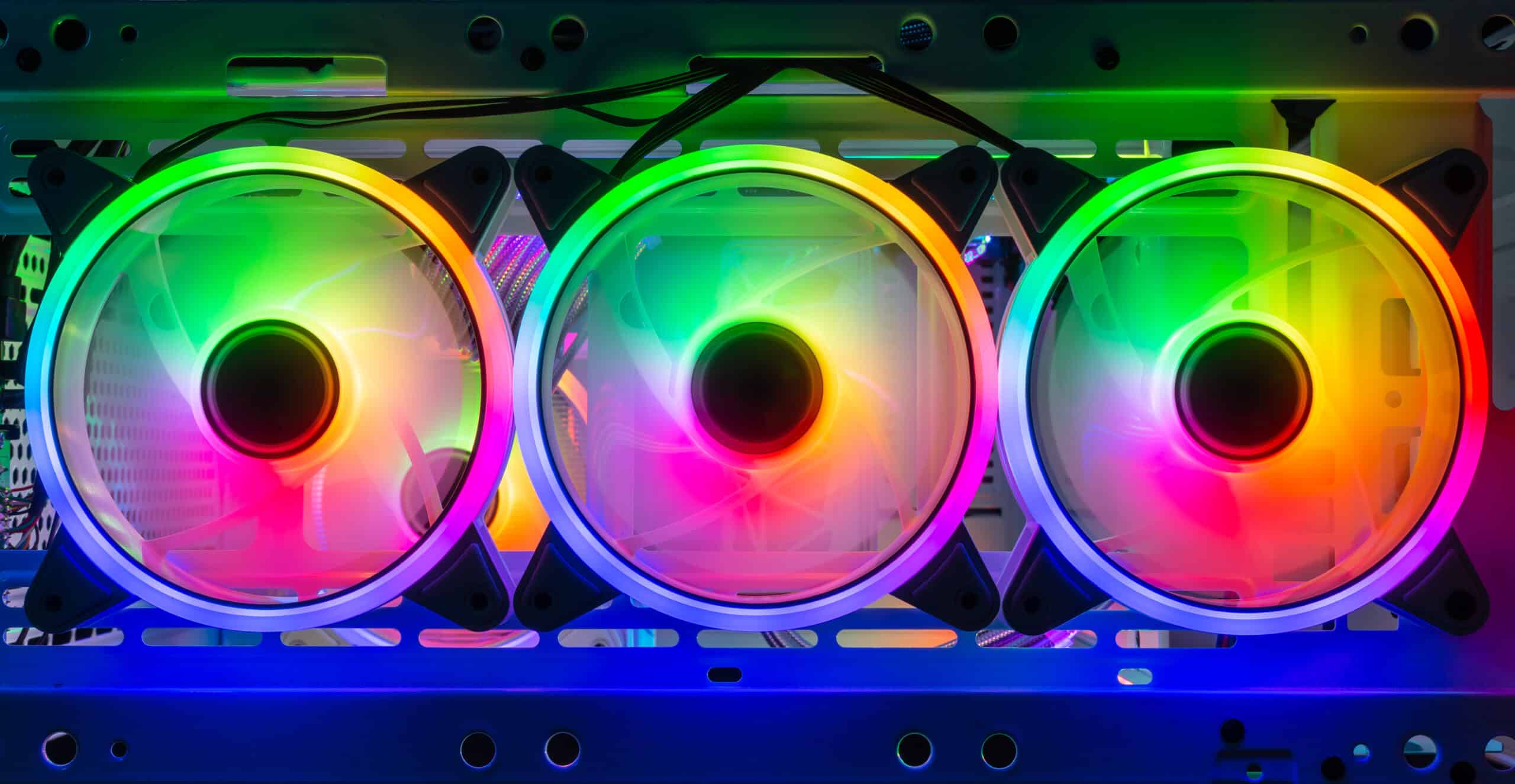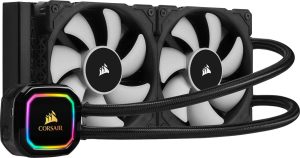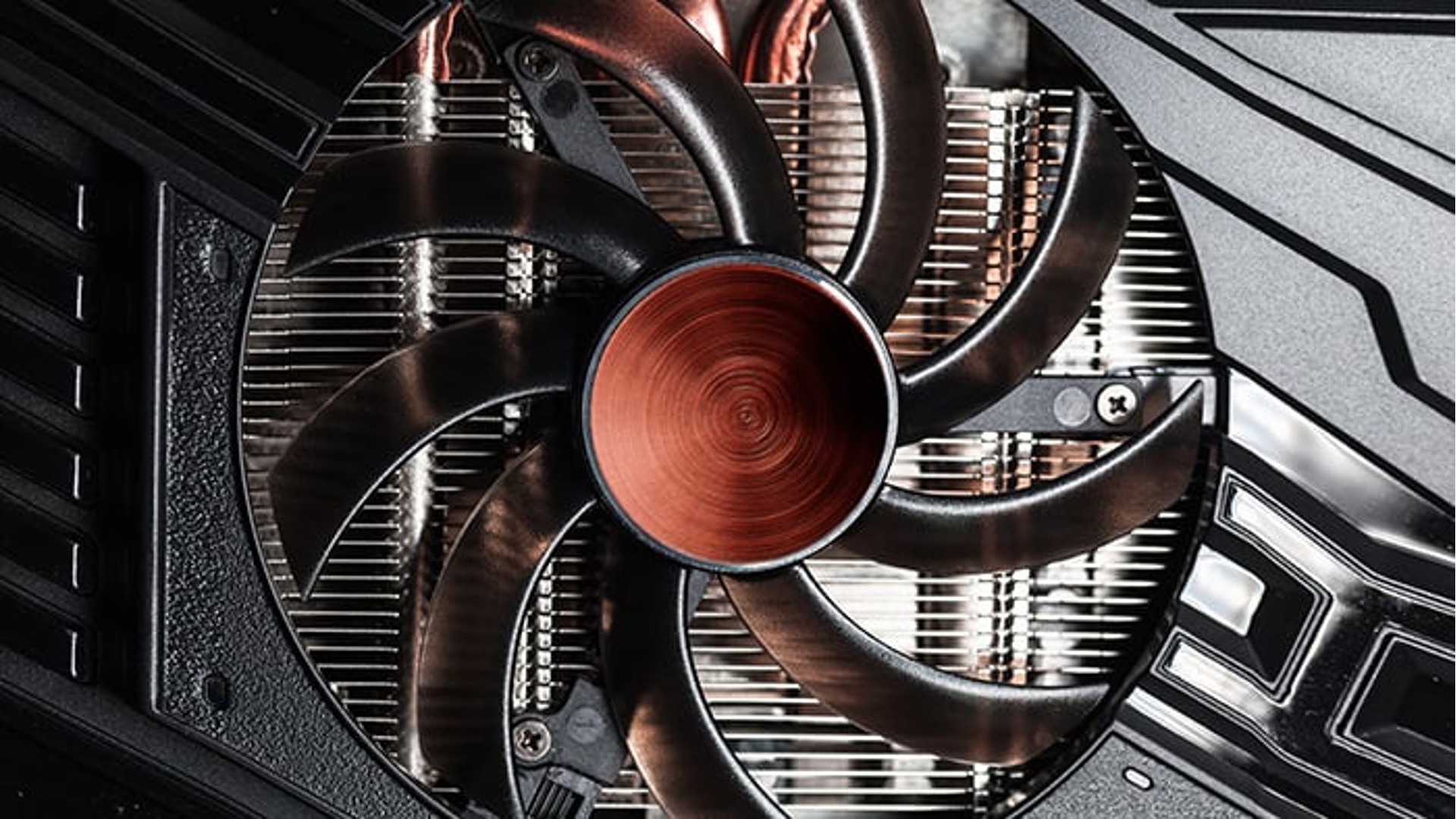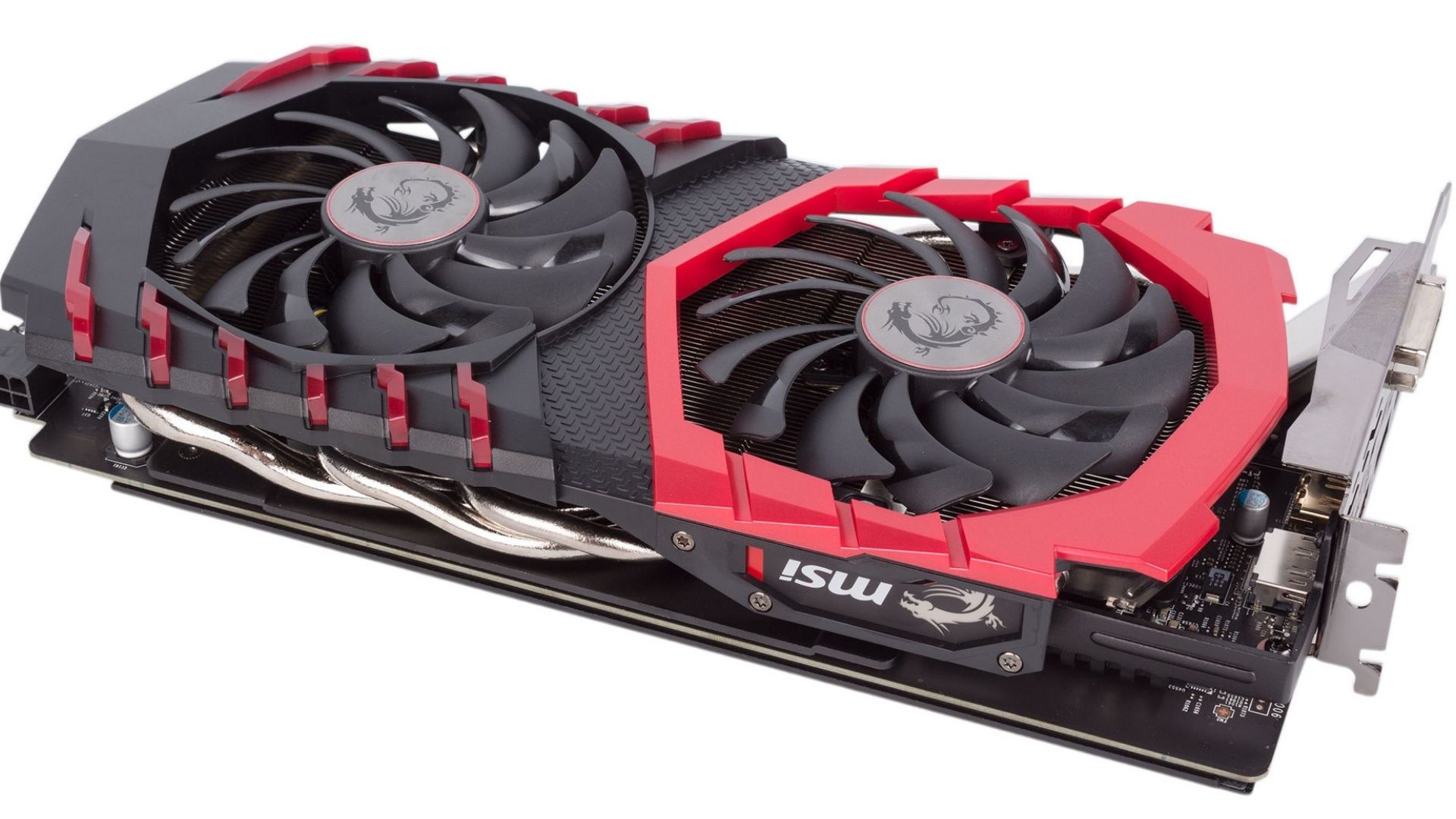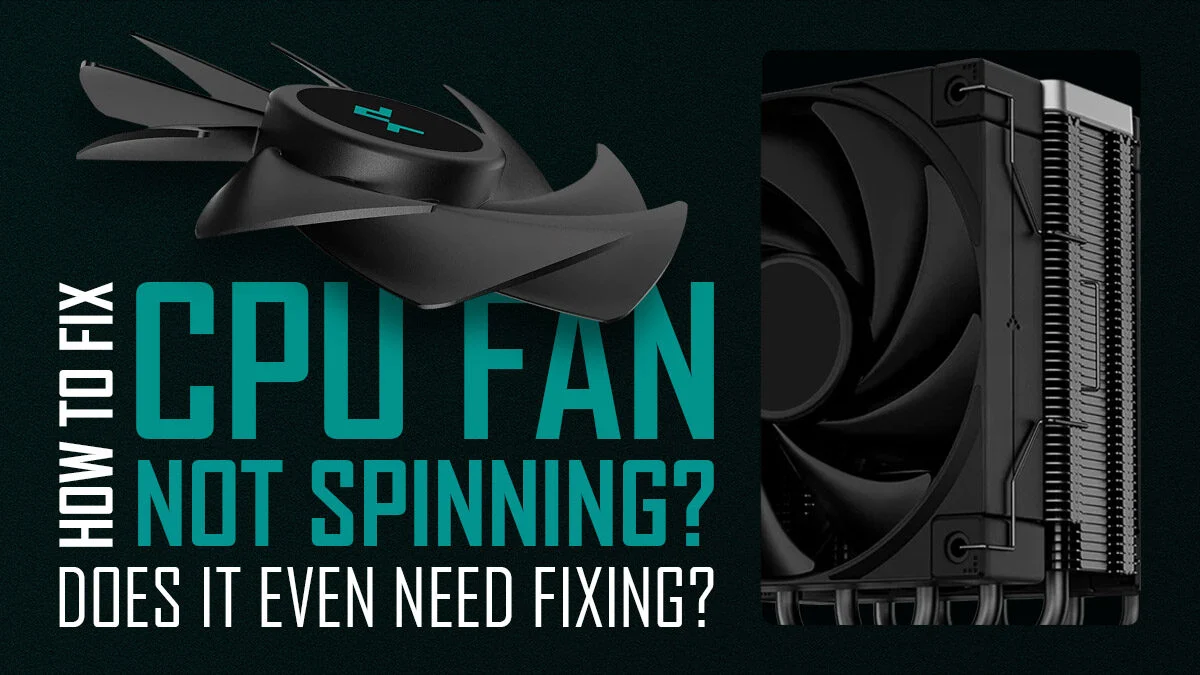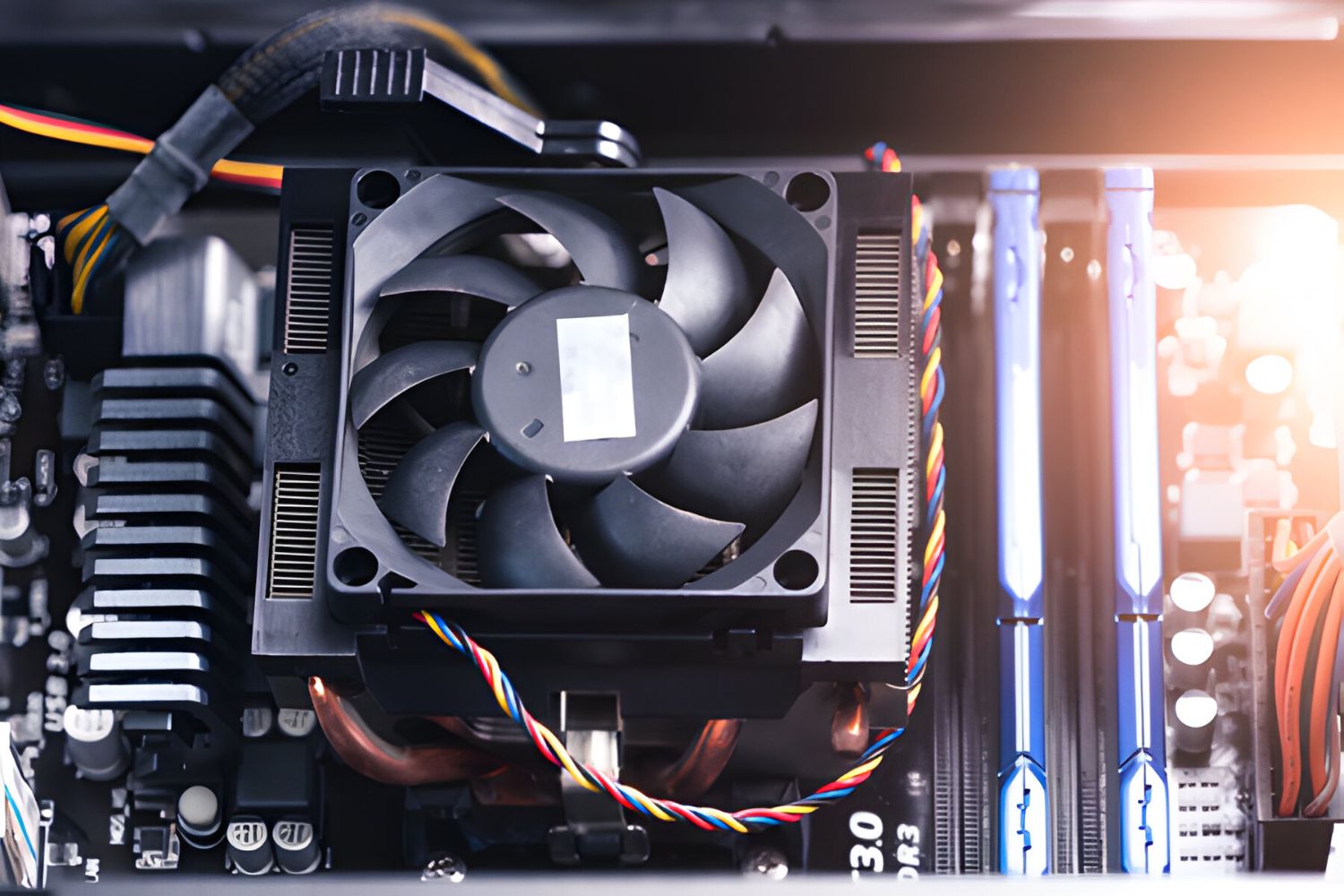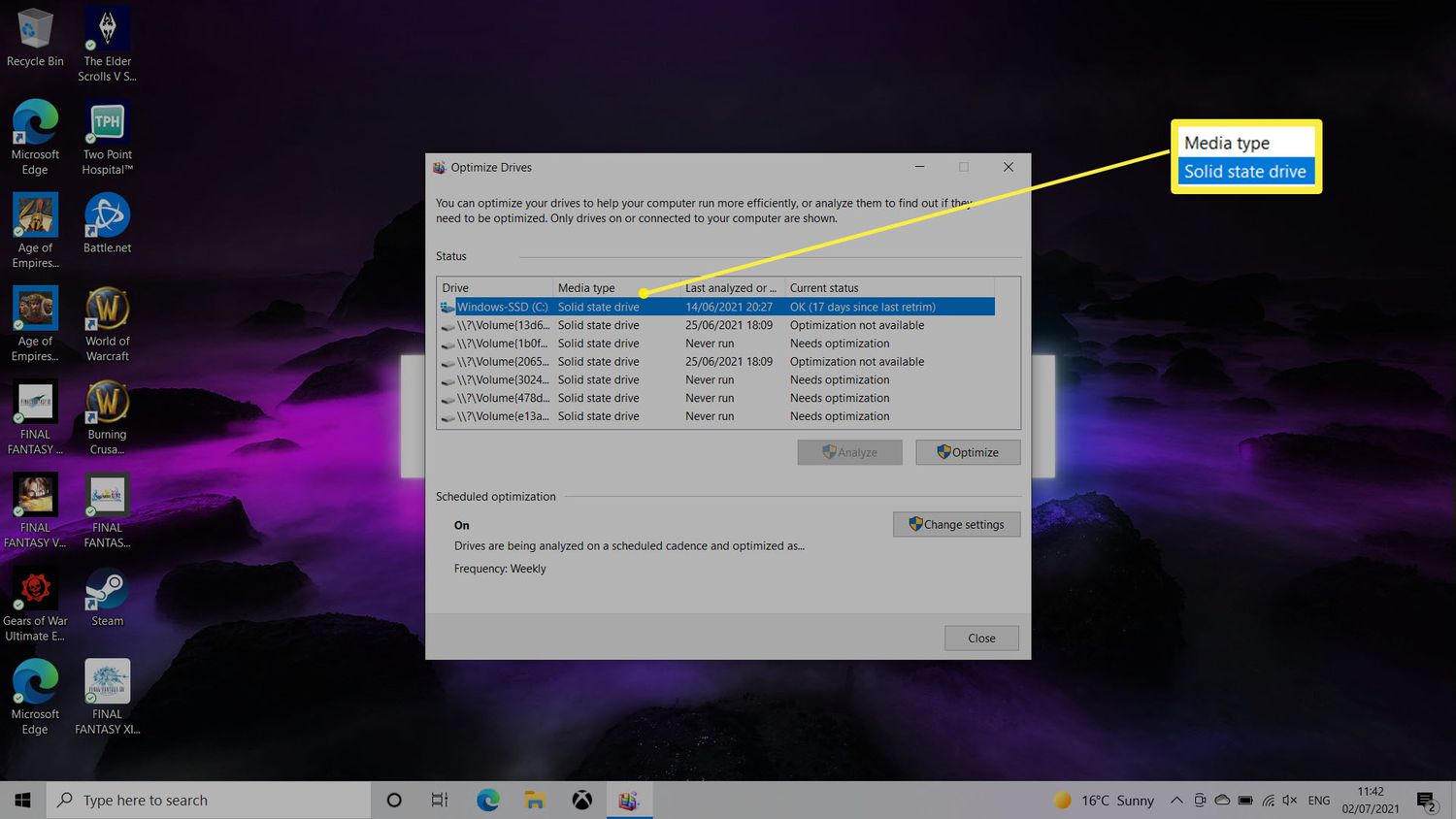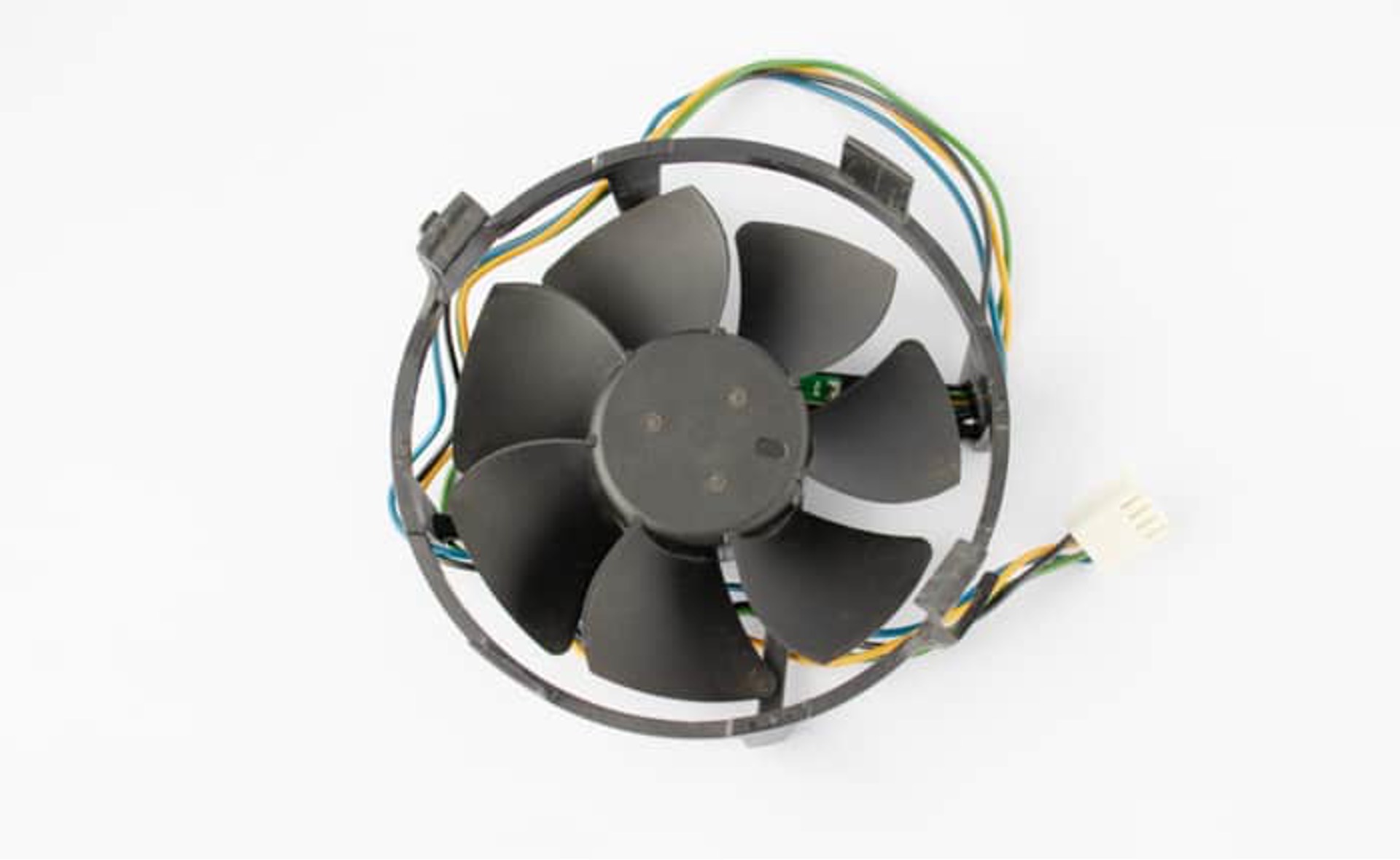Introduction
Welcome to our article on the topic of “What Happens If My Case Fan Spins Fast.” If you own a computer, you’re probably familiar with the importance of case fans in maintaining proper airflow and temperature management. These fans play a vital role in keeping your computer components cool, preventing overheating, and extending the lifespan of your hardware.
But have you ever wondered what happens when your case fan starts spinning fast? Is it a cause for concern, or just a normal operation? In this article, we’ll explore the reasons why case fans spin fast, the benefits they provide, and the potential downsides you may encounter. We’ll also discuss ways to control the speed of your case fan and troubleshoot any issues that may arise.
Understanding the behavior and effects of a fast-spinning case fan is crucial for any computer enthusiast or DIY builder. By the end of this article, you’ll have a better understanding of what to expect when your case fan starts spinning at a higher speed and how to ensure your computer’s optimal performance.
Why Case Fans Spin Fast
There are several factors that can cause your case fans to spin fast, and it’s essential to understand the reasons behind this behavior. Here are a few common reasons why your case fans may be operating at a higher speed:
- Heat Dissipation: One of the primary functions of a case fan is to dissipate heat generated by your computer’s components. When your CPU or GPU is under heavy load, it produces more heat, triggering an increase in fan speed to maintain optimal temperatures.
- Thermal Management: Most modern computer motherboards come equipped with temperature sensors that monitor the system’s thermal conditions. When these sensors detect higher temperatures, they send signals to the fan controller, instructing the case fans to spin faster to cool down the components.
- Increased Airflow: Sometimes, you may need to increase the airflow inside your computer case for better cooling. This can be due to overclocking your CPU or GPU, adding more powerful hardware, or simply having a densely packed case. Running your case fans at higher speeds ensures a greater volume of air intake, preventing heat buildup.
- Fan Curve Settings: Most modern motherboards or fan controllers offer fan curve settings that allow you to customize the fan speed based on temperature thresholds. By setting a more aggressive fan curve, you can ensure that the fans spin faster even at lower temperatures, providing additional cooling when needed.
Overall, the primary reason why case fans spin fast is to maintain a suitable operating temperature for your computer components. By responding to the heat generated during demanding tasks or by user-defined fan curve settings, the fans work diligently to keep your system cool and prevent any potential damage that excessive heat can cause.
Benefits of a Case Fan Spinning Fast
When your case fan spins fast, it offers several benefits that contribute to the overall performance and longevity of your computer system. Let’s delve into some of the advantages of having a fast-spinning case fan:
- Improved Cooling Efficiency: The primary advantage of a fast-spinning case fan is the enhanced cooling it provides. By moving a larger volume of air through your computer case, it helps dissipate heat more effectively, keeping your components at optimal operating temperatures. This is particularly beneficial during heavy gaming sessions, CPU-intensive tasks, or when overclocking your hardware.
- Extended Hardware Lifespan: By keeping your computer components cool, a fast-spinning case fan helps to prolong their lifespan. Excessive heat can damage sensitive electronic components, leading to system instability, reduced performance, and even permanent hardware failure. A well-cooled system, achieved through a fast-spinning case fan, ensures the longevity and reliability of your components.
- Noise Reduction: While it may seem counterintuitive, a case fan spinning fast can actually help reduce noise. When the fan is running at a higher speed, it generates a white noise sound that tends to blend in and become less noticeable compared to the sound of a slower fan struggling to keep up with cooling demands. Additionally, with a faster-spinning fan, you can achieve the same cooling performance with lower RPMs, resulting in a quieter system overall.
- Prevention of Thermal Throttling: Many modern CPUs and GPUs are designed with thermal throttling mechanisms, which automatically reduce their clock speeds to prevent overheating. When your case fan spins fast and efficiently dissipates heat, it helps prevent thermal throttling, allowing your components to maintain their maximum performance without being hindered by excessive temperatures.
- Ensured Stability and Reliable Performance: With a fast-spinning case fan, your computer system remains stable even under heavy workloads or demanding gaming sessions. By preventing overheating and maintaining optimal operating temperatures, the chances of system crashes, freezes, and performance degradation are greatly reduced, ensuring a smooth and reliable computing experience.
Having a case fan that spins fast brings numerous advantages that contribute to the overall health and performance of your computer system. From improved cooling efficiency and extended hardware lifespan to reduced noise levels and ensured stability, a fast-spinning case fan is a valuable asset for any computer enthusiast.
Potential Downsides of a Case Fan Spinning Fast
While a fast-spinning case fan offers many benefits, there are a few potential downsides to consider. Let’s explore some of the drawbacks that may arise when your case fan operates at a higher speed:
- Noise Levels: As the fan speed increases, so does the noise generated. While some fans are designed to be quieter even at higher speeds, it’s important to ensure that the noise level remains within acceptable limits. Excessive fan noise can be distracting, especially in quiet environments, and may require additional measures to mitigate, such as using quieter fan models or employing noise-isolating methods.
- Increased Power Consumption: A fast-spinning case fan consumes more power compared to a slower one. While the difference in power consumption may not be significant for a single fan, it can add up when multiple fans are running at higher speeds. This can increase overall energy consumption, potentially leading to higher electricity bills in the long run.
- Reduced Fan Lifespan: Running a fan at higher speeds puts additional strain on its motor and bearings, which can lead to a shortened lifespan. While modern fans are designed to handle higher speeds, continuous operation at maximum speed for extended periods may contribute to premature wear and tear. Regular maintenance and cleaning can help mitigate this issue.
- Vibrations and Resonance: When a fan spins at a high speed, it can generate vibrations that resonate throughout the computer case. These vibrations can cause additional noise, contribute to system instability, and potentially interfere with delicate components and cables. Proper mounting and securing methods, along with using anti-vibration pads or dampening materials, can help minimize this issue.
- Inefficient Cooling: While a fast-spinning case fan provides improved cooling, there is a limit to its effectiveness. In some cases, if the air intake and exhaust areas are poorly designed or obstructed, the increased fan speed may not result in adequate cooling. It’s essential to ensure proper airflow within your computer case by maintaining clean filters, organizing cables, and optimizing component placement.
Understanding the potential downsides of a fast-spinning case fan enables you to make informed decisions when it comes to fan speed customization. By considering factors such as noise levels, power consumption, fan lifespan, vibrations, and overall cooling efficiency, you can strike a balance between performance and potential drawbacks, optimizing your computer system’s cooling and operation.
How to Control the Speed of Your Case Fan
If you find that your case fan is spinning too fast or generating excessive noise, you may want to adjust its speed to achieve a more optimal balance between cooling performance and noise levels. Here are a few ways to control the speed of your case fan:
- BIOS or UEFI Settings: Many motherboards offer fan control options in the BIOS or UEFI settings. By accessing these settings, you can adjust the fan speed based on temperature thresholds or set a predefined fan curve. This allows you to customize the fan speed to your specific needs.
- Fan Controller Software: Some computer fans come with manufacturer-specific software that allows you to control their speed and monitor temperatures. These software applications often offer intuitive interfaces where you can adjust fan speed profiles, create custom curves, and even synchronize multiple fans for efficient cooling.
- External Fan Controllers: External fan controllers are hardware devices that you can install in your computer system. They provide manual control over fan speed through knobs or buttons, allowing you to adjust the speed as needed. These controllers are particularly useful if your motherboard lacks built-in fan control options.
- Fan Speed Reducers: If you have a fan that is spinning too fast and generating excessive noise, you can consider using fan speed reducers. These accessories are installed between the fan and the power source, slowing down the fan’s rotation speed without affecting its overall performance significantly.
- Fan Adapters or Splitters: If your motherboard does not have enough fan headers or lacks the necessary control options, you can use fan adapters or splitters. These peripherals allow you to connect multiple fans to a single motherboard header while still maintaining control over their speed through the motherboard’s software.
It’s important to note that not all case fans are designed for speed control. Some fans operate at a fixed speed, while others may offer limited speed adjustment options. Before investing in any control method, ensure that your case fans are compatible with the chosen solution and that they support speed adjustments.
By utilizing the methods mentioned above, you can gain better control over your case fan’s speed and find the optimal balance between cooling performance and noise levels. Experiment with different settings to determine the configuration that best suits your specific needs and preferences.
Troubleshooting Common Issues with Fast-Spinning Case Fans
While fast-spinning case fans are generally beneficial, you may encounter some common issues that need troubleshooting. Let’s explore a few potential problems and how to address them:
- Excessive Noise: If your case fan is spinning fast and generating excessive noise, there are a few steps you can take. Firstly, make sure the fan is properly mounted and securely attached to minimize vibrations. You can also consider using rubber grommets or anti-vibration pads to reduce vibrations further. Cleaning the fan blades and ensuring proper cable management can also help improve airflow and reduce fan noise.
- Temperature Fluctuations: If your case fan is spinning fast and you notice temperature fluctuations or inconsistent cooling, check for any obstructions that may be restricting airflow or causing improper ventilation. Ensure that the fan is properly positioned and that the intake and exhaust areas are clear of dust and debris. Additionally, check the thermal paste application on your CPU and GPU, as improper application can affect cooling efficiency.
- Unresponsive Fan Control: If you are unable to control the speed of your case fan using software or BIOS settings, ensure that your motherboard and fan are compatible for speed control. Update your motherboard’s BIOS to the latest version, as new updates often include improved fan control functionality. If the issue persists, consider using external fan controllers or adapters that offer manual speed control options.
- Power Supply Limitations: In some cases, the power supply unit (PSU) may not provide sufficient power to support multiple high-speed case fans. Check the power requirements of your fans and ensure that your PSU can handle the total power draw. If necessary, consider upgrading to a higher wattage PSU to accommodate the increased power demands.
- Fan Failure or Malfunction: If a case fan is spinning at an abnormally high speed or fails to spin at all, it may indicate a malfunctioning fan. Check the fan’s connections and make sure it’s receiving power. If the issue persists, you may need to replace the fan to restore optimal cooling performance. Additionally, regularly inspect the fans for any signs of dust buildup, as accumulated dust can hamper fan operation.
If you encounter any issues with your fast-spinning case fans, it’s important to troubleshoot them promptly to maintain proper cooling and prevent potential damage to your computer components. By following the troubleshooting steps outlined above, you can address common problems effectively and ensure optimal fan performance in your system.
Conclusion
In conclusion, understanding the behavior and effects of a case fan spinning fast is crucial for maintaining the optimal performance and longevity of your computer system. Fast-spinning case fans offer benefits such as improved cooling efficiency, extended hardware lifespan, noise reduction, prevention of thermal throttling, and ensured stability and reliable performance.
However, it’s essential to be aware of potential downsides, such as increased noise levels, higher power consumption, reduced fan lifespan, vibrations, and potential inefficient cooling in certain scenarios. By considering these factors, you can make informed decisions when it comes to controlling the speed of your case fan, striking a balance between cooling performance and noise levels.
If you encounter any issues with your fast-spinning case fans, troubleshoot common problems such as excessive noise, temperature fluctuations, unresponsive fan control, power supply limitations, or fan failure. Take appropriate measures to address these issues promptly, ensuring that your system remains cool, stable, and performing optimally.
By understanding the reasons behind a case fan spinning fast, the benefits it provides, and how to address potential issues, you can optimize your computer’s cooling, enhance its overall performance, and protect your valuable hardware investment.







